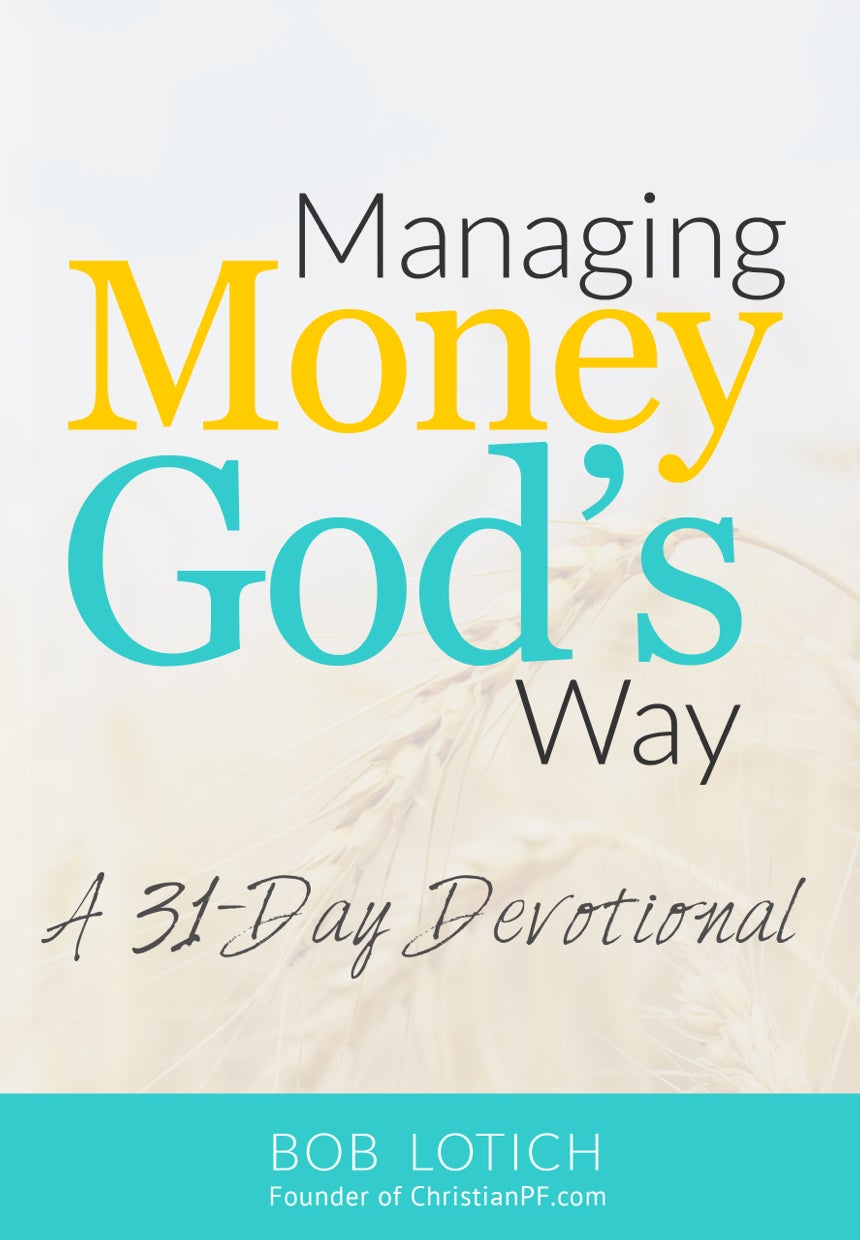The Cost of Delaying Your Financial Plan

We have all heard that “time is money”, but have you ever stopped to think about just how much your own procrastination is costing you? Here are some typical thought processes:
Age 20: “I’ve got forever. Retirement? That’s for old people.”
Age 30: “Right now, as we are starting our family, is the worst time to be thinking about the future. Besides, I have plenty of time.”
Age 40: “I know we need to get out of debt and build our retirement, but the kids will be in college soon, and I don’t want them to struggle like we did. Once we get them through college we will really hit it hard.”
Age 50: “Wow. Where did the years go? I know we need to be sticking away every spare dollar, but, with all we owe on our kid’s education, there aren’t any extra dollars.”
Age 60: “Where did the years go? Yes, we still could do some last minute saving, but what’s the use? It’s a case of too little too late. Maybe social security will stick around a few more years.”
Age 70: “Here we are, barely making it. Let’s hope that if things get really bad, our kids will help us out.”
What is the cost of that wasted time?
To give you an idea, let’s follow a make-believe couple.
Our couple is 25 years old.
They have nothing in an emergency fund.
They are paying:
- $250/month on $15,000 credit card debt at 15% APR.
- $400/month on $20,000 car debt at 8% APR.
- $900/month on $150,000 home debt at 6% APR.
I assume that they will maintain those same debt levels until they start their plan. Although they are currently living paycheck to paycheck, they could (by changing their lifestyle) generate a positive cash flow of $1,000 per month.
Their plan, once they start, is to:
- get rid of credit card and car debt.
- build a $20,000 emergency fund.
- invest for retirement (assume 8% annual return).
The following scenarios depict the different results based on when they get started:
Start now
Using a debt snowball, the credit card is paid off in 13 months and the car is paid off in 11 more months. The emergency fund will be complete in another 12 months. This couple will now invest that $1,650/month ($1,000 positive cash flow + $250 from paid off credit card + $400 from the paid off car) while continuing to make the same house payment. In 12 years, the house will be paid off, bumping the investments at that time to $2,550/month for the next 25 years.
Nest egg at age 65 = $5.3 million.
Start at age 35
Same three years to pay off debt and build an emergency fund. Invest $1,650/month for 12 years and $2,550/month for 15 years.
Nest egg at age 65 = $2.2 million.
Start at age 45
Again, same three years to pay off debt and build an emergency fund. We invest the $1,650 for 12 years, but the $2,550 for only five years.
Nest egg at age 65 = $780,000.
Start at age 55
You get the picture. Only seven years left to invest the $1,650 but not enough time to pay off the house.
Nest egg at age 65 = $185,000. Debt on house = $125,000.
Start at age 65
It is never too late to start, but choices are definitely limited.
The point of this post is not to depress our older readers but to motivate the younger ones. None of us can turn back the clock, but all of us can decide to get started now.
Time is still money — use it to your advantage.
Readers: Have you ever used any of the above excuses to justify delaying your financial plan? How are you doing now? Meet us in the comments!
Article originally published on SeedTime.com and is being used with permission. Copyright 2018.






